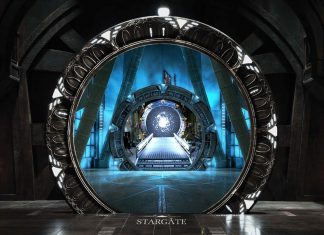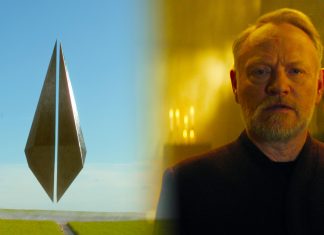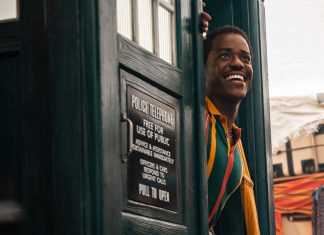It’s the end of an era, and what a controversial one it’s been for Doctor Who! Love it or hate it, The Chibnall Era has had fans talking and has gained a lot of love from a devoted fanbase. While there were obvious flaws things that could be fixed in hindsight, a lot was going for this era, and it’s sad to see it come to an end. Now more than ever, it feels like a perfect time to do a little reflection and explore what was so loveable about Chris Chibnall’s time at the helm.

The 13th Doctor
Jodie’s Doctor was a bright, optimistic, energetic character. Over three seasons, this Doctor had a lot going on in her life. Gallifrey was entirely destroyed again. She learned the truth about her past and Division. The universe ended, and despite all of this, she kept upbeat. Even in her darkest moments, Thirteen remembered Twelve’s departing message. She was fun, kind and respectful to her companions more than previous Doctors would have been.
Jodie Whittaker played the part perfectly and was the perfect ambassador for the show. Jodie was the Doctor when the world needed a Doctor the most. Her video message at the beginning of the pandemic was so hopeful and inspiring. Jodie was the Doctor. Her joy and her love for the show shone through as much as her enthusiasm. Her behind-the-scenes friendships with her co-stars were enviable and stole fans’ hearts. She remains a popular figure at comic-cons, with fans flocking to see her.

Chibnall Era’s Doctor
Chris Chibnall spoke about Jodie in a recent interview where he said:
“She changed the game. She changed history in terms of Doctor Who. I think what she’s brought is a Doctor who is full of hope, and positivity and generosity and I think that these times really needed that. I think she’s shown off her incredible sort of clowning side, the humour that she can do, which maybe some people didn’t know her for beforehand. I think she’s enriched the character of the Doctor, as all actors who play the Doctor do, but it’s an incredibly bold and brave performance.”
Chris Chibnall on Jodie Whittaker
He went on to say:
“And she took responsibility for the Doctor being a woman, she took it on her shoulders and represented and that was not a given, that was her strength and decision and power. I think she has been utterly magnificent, she exceeded all of our expectations. She’s given a whole generation of young girls and women a chance to feel that they are the Doctor also and that was always the purpose from the start of this era, was to really widen that net.”
Chris Chibnall on Jodie Whittaker as the Doctor
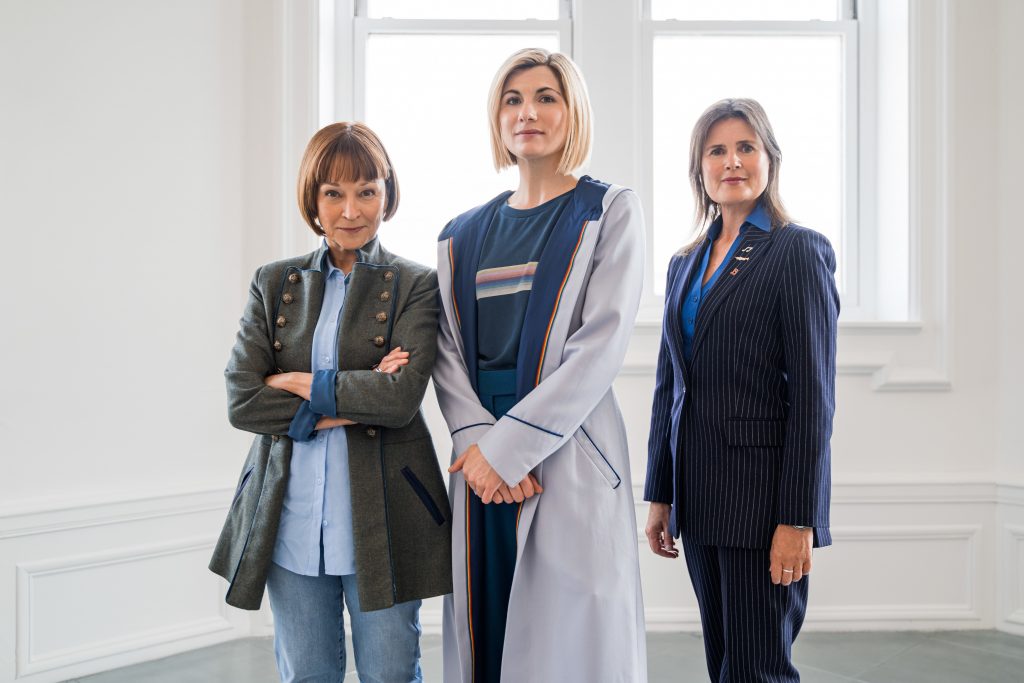
The Monsters
Chris Chibnall really knocked the ball out of the park when it came to monsters. For Season Eleven, he gave us brand-new creatures, which was a bold move. It was a huge risk and one that paid off for the most part. We met terrifying new enemies like Tim Shaw, giant spiders and the Morax. There were interesting new concepts like the Thijarians, the Solitract and even human adversaries like Charlie and Krasko.
While it seemed disconnected, with no link to previous seasons in terms of creatures, it felt very fresh. However, it was with Resolution that Chibnall proved himself by taking on the Daleks. In this story, we saw the Daleks in a new light, and they were the most threatening they’d ever been. Season Twelve continued a streak of classic monsters returning with the Master and Cybermen, both of whom got a massive push in new directions, which pleased fans. Sacha Dhawan’s terrifyingly unhinged Master and Ashad, the Lone Cyberman whose face could be seen through his cracked helmet, were perfect additions.
The Chibnall Era brought back Sontarans, which he handled well. Some argue that he gave us some of the strongest characterisations for these villains in recent eras. He also brought back Weeping Angels and absolutely nailed them with a story that became an instant classic. We also saw more Daleks and Cybermen. It introduced the Ravagers, Swarm and Azure, who were some of the best-looking creatures in New Who. There was also The Grand Serpent too. Yes, Flux was overcrowded and certainly suffered from being shorter than a traditional series, but these monsters, as undercooked as they might have been, made it a joy to watch.

The Stories
Season Eleven didn’t feel like it had much structure. It felt like a series of random adventures that were half-bookended by Tim Shaw. While it didn’t always work, there was a lot of originality and some standout episodes like “The Woman Who Fell to Earth“. This was a perfect introduction to Jodie’s Doctor and her new companions. Additionally, it kickstarted The Chibnall Era.
We had “Rosa”, which explored themes of racism and the life of real historic characters in ways we’d never seen. “Demons of the Punjab” was a beautiful, heartbreaking tale that was grounded in real-life history. “Kerblam” was a cautionary tale about workers’ rights and big companies that we all know too well. “The Witchfinders” gave us a scary story with witches, evil mud, and James the First and Thirteen facing sexism. “It Takes You Away” was a unique fairytale which took risks in its crazy storytelling that paid off. The less said about “The Battle of Ranskoor Av Kolos”, the better.
However, “Resolution” acts as the real finale of the series. It went out with a bang and some truly terrifying Daleks as we’d never seen them before. Season Twelve brought us bigger and better. There were a few filler episodes but most felt quite strong. “Nikola Tesla’s Night of Terror”, “Praxeus” and “Can You Hear Me “are under-rated gems. “Spyfall”, “Fugitive of the Judoon”, and “The Haunting of Villa Diodati/Ascension of the Cybermen/The Timeless Children” formed an epic three-part finale, each with a very different feel.
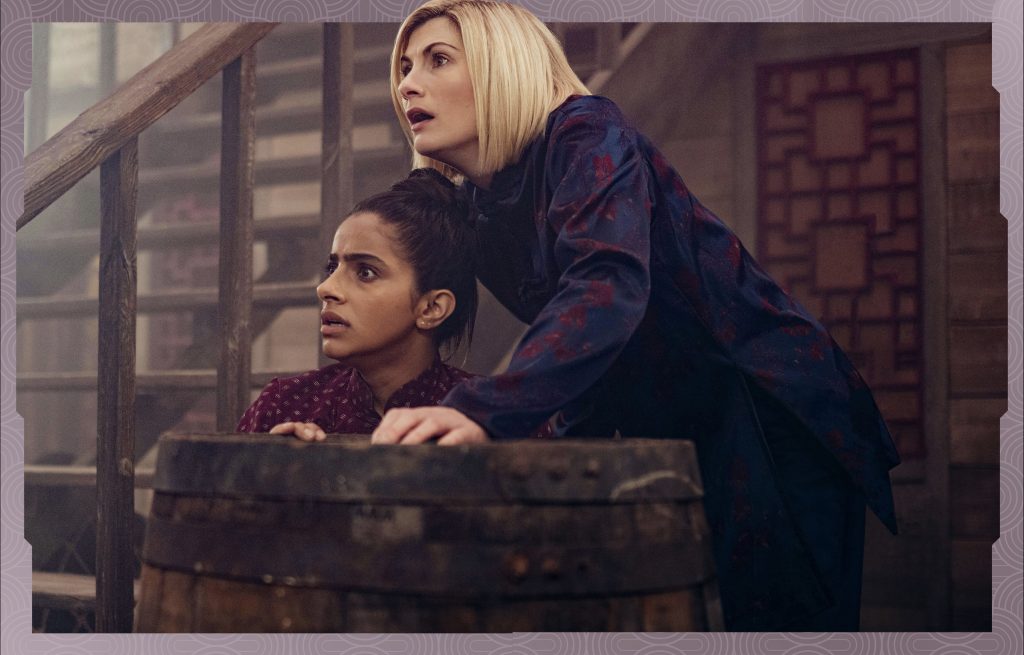
One Step Further
Season Thirteen brought us bigger and bolder yet again with Flux. However, due to COVID, it had to be chopped down to six episodes. A typical Chibnall series would have ten episodes, and Flux suffered from having less time to tell its enormous story. It was interesting to have an episodic serial in true classic style rather than a generic series with an arc. Flux’s weakness was that it was too ambitious, but it was still so much fun to watch. Most fans will confirm that War of the Sontarans and Village of the Angels were the true standouts.
In 2022 we had a short series of specials to tie up Jodie’s era and act as a mini-series. Therefore these marked the end of The Chibnall Era. These could have been stronger had they referenced the previous Flux series and tied up loose ends. Eve of the Daleks gave us brilliant Chibnall Daleks again and delivered a fun time-loop story which dipped into the Thasmin theories that had floated around since Season Eleven.
The Legend of the Sea Devils was just filler. It brought back the Sea Devils, who were overdue a return, but the plot was thin. It was messy and confusing, but it went deeper into “Thasmin” and dealt with that theme well. That’s probably the best thing to say about it. The Power of the Doctor rounded up Chibnall and Jodie’s era with a bang. Classic companions, classic Doctors, classic villains, classic costumes making a return and an epic story that pulled out all the stops. It was the perfect end to an era and one that will go down as one of the best regeneration stories of all time.

The Style
When Season 11 first appeared on our screens, it marked the start of The Chibnall Era. Therefore, it was an enormous change from anything we’d ever seen before. The series was suddenly bigger, bolder and much more epic. It had gone from looking like a TV show to looking like a film. This was down to creative decisions to use Angénieux and Cooke lenses which helped to achieve that distinctive look. The brand-new film quality was more on par with a typical primetime drama than it ever had been.
As with each new era, Chibnall brought a brand new logo. Simple. Distinctive. Effective. It really worked. With the new logo, new Doctor, and new showrunner, we also got a new composer Segun Akinola. This new style of music was a departure from the distinctive style of Murray Gold. Murray Gold had composed since 2005, so it was always going to feel strange with a different composer. Segun Akinola divided fans with his style but overall, it fit perfectly with the tone of the series. His take on the iconic theme tune and the opening credits sequence was a gorgeous throwback to a more classic style.
The promotional materials for The Chibnall Era have been some of the most stylish and colourful we’ve seen in New Who. It has been bright and bold, with shapes and bands of colour surrounding characters. Again, it’s big, bold and very distinctive.
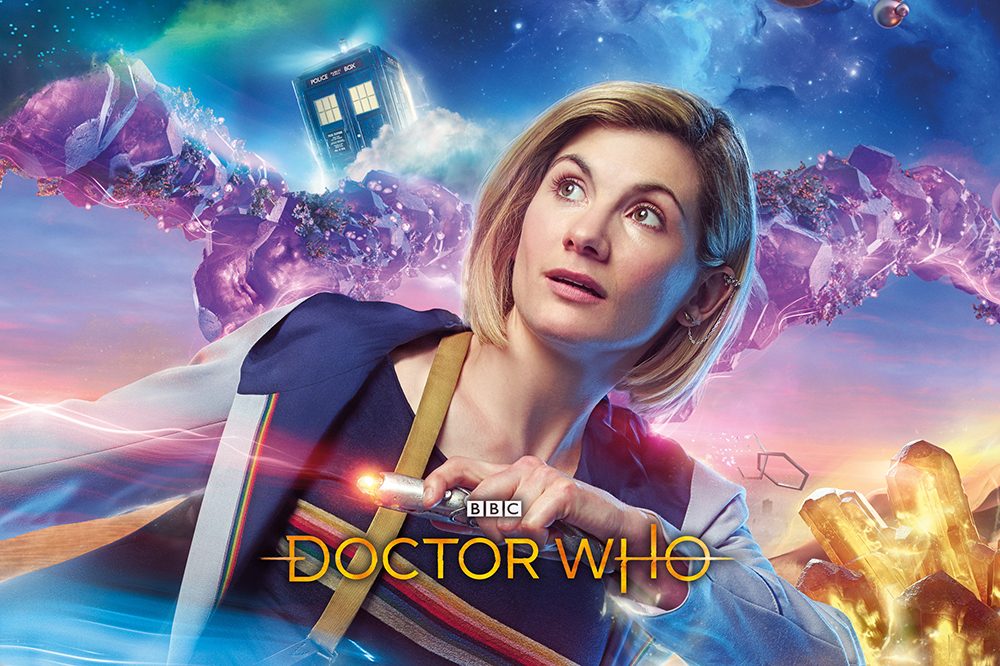
The Representation
Since its revival, Doctor Who has always had a reputation for being forward-thinking and inclusive, like most sci-fi series. There have been some horrendous hiccups in the past, which remain ghastly products of their time, like “The Talons of Weng-Chiang“. Thankfully we’ve moved on from that in a modern era and condemn the problematic past.
The Chibnall Era promised to be more diverse than ever, and he upheld that promise to an extent. We had representation for many communities, and it wasn’t just on screen. Behind the scenes, we had a more diverse writing team, which helped tell the stories better. We had more women and people of colour on the team.
The main examples that spring to mind are award-winning author Malorie Blackman co-writing Rosa, and RTS Award winner, Vinay Patel writing Demons of the Punjab. The episode was so full of love for the subject, which fans were shocked to have not been taught at school. It was a beautiful, heartbreaking examination of one of the greatest tragedies to have happened to South Asian people. This story would not have been half as good had it been written by someone who didn’t fully understand the impact. Both Rosa and Demons of the Punjab were stand-out episodes of the Eleventh season and rightfully became the most talked about and award-winning episodes.
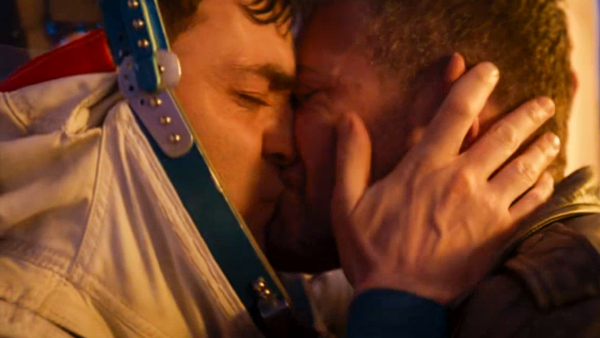
The Chibnall Era Representation Continued
There was representation for LGBTQ+ people, too, in this new era. There were more queer characters and even a queer companion in Yaz. Fans spotted Yaz’s love for the Doctor being more than just friendship from early on. This arc culminated in both characters just remaining friends to avoid any heartache. Fans criticised Thasmin as queer-baiting, but others felt that it was just what it needed to be. There was no kiss for them before Jodie regenerated, despite so many opportunities…but did it really need it? Doesn’t that make it even more heartbreaking?
Fans had a lot of opinions on the matter and criticised the decision to skip a kiss. Some even claimed it was to sanitise the queer romance, but we can’t forget that Season Twelve’s Praxeus hinged on the relationship of two gay men. The Doctor even goes against the “Kill your gays” trope to save them both and allow them a happy ending, including an all-important, main-focus kiss.
Chibnall’s era may have been messy in parts and divisive among the fan base. However, it was also a huge step forward and a stepping stone for an equally diverse future, which we can absolutely expect with a Showrunner like Russell T Davies returning. Here’s to the future!
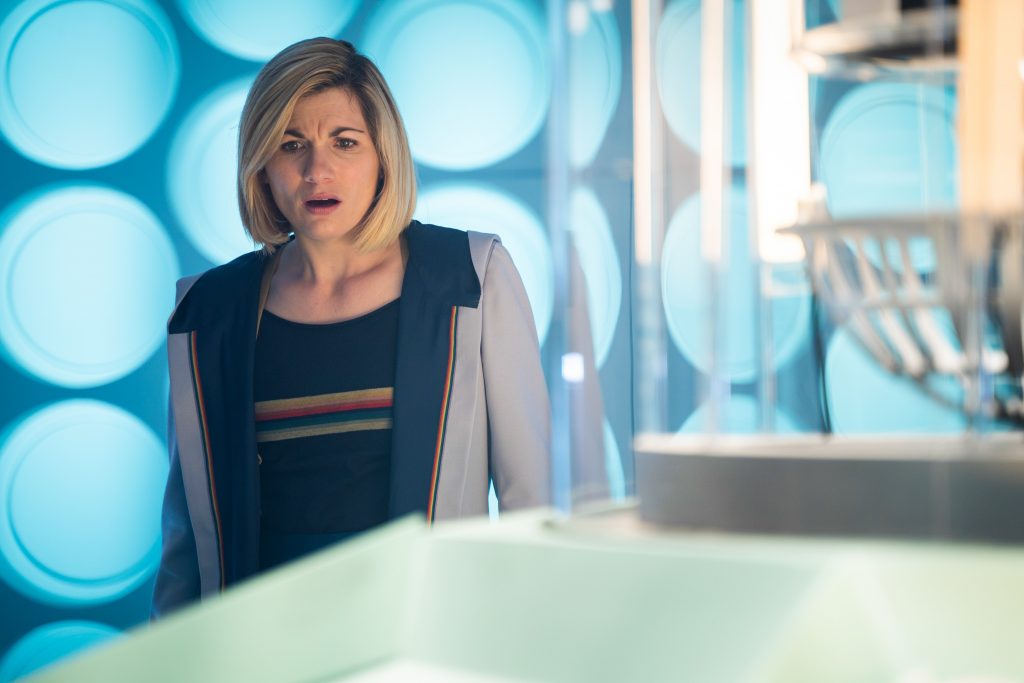
Conclusion
Doctor Who returns to viewers’ screens in November 2023. The show has just celebrated its 59th Anniversary. Therefore, all eyes are on the 60th for next year. David Tennant returns to Doctor Who alongside Catherine Tate. However, it won’t be long before Ncuti Gatwa takes over the Tardis. All eyes are now on Russell T Davies as the new showrunner.
More From Nerdgazm
? – Follow Nerdgazm on Twitter
? – Follow Nerdgazm on Facebook


